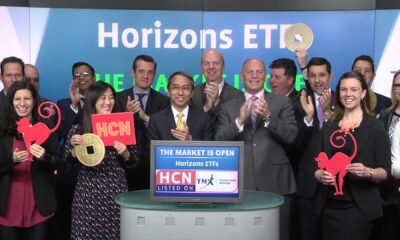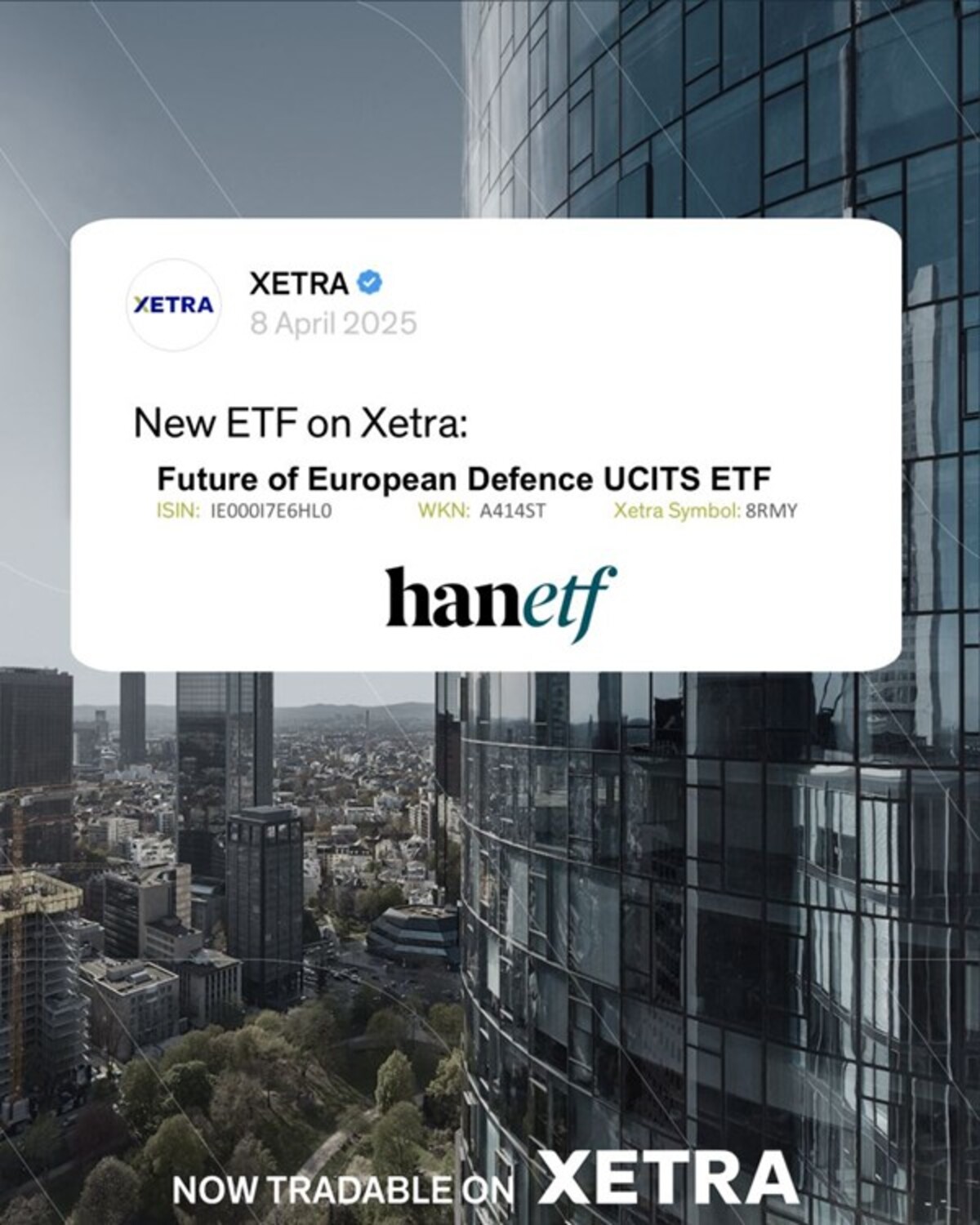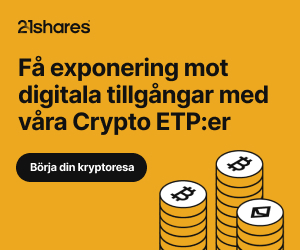One of the benefits of Exchange Traded Funds is the fact that the price of ETF units generally reflect the market value of its holdings. Understanding ETF Premiums and Discounts.
Market Price vs. NAV
Since ETFs trade on a stock exchange, they have two end-of-day “values”. The first is a closing market price, which is determined by trading activity on the exchange. Typically, this is the price at which the units last traded during the trading session (or the mid-point of the bid and ask quotes if the ETF does not trade during that trading session). The second value is Net Asset Value (NAV), which is calculated by the ETF’s independent fund accountant after the market closes. NAV is the weighted-average price of the ETF’s underlying securities, minus liabilities such as management fees and expenses, then divided by units outstanding. Understanding ETF Premiums and Discounts.
What is a Premium or Discount?
A premium or discount to NAV occurs when the market price of an ETF on the exchange rises above or falls below its NAV. If the market price is higher than NAV, the ETF is said to be trading at a “premium”. If the price is lower, it is trading at a “discount”. An ETF may trade at a premium or discount when, for example;
· its underlying assets trade at different hours than the stock exchange (e.g., commodities)
· its underlying assets trade infrequently (e.g., bonds)
· markets are in a heightened state of instability or flux (e.g., at market open or close)
Many ETFs track well-known indices for which performance data is independently reported by the stock exchange and financial news and data providers such as Thomson Reuters or Bloomberg. The daily closing price they quote is usually the price at which units last traded during the trading session. For ETFs that don’t trade frequently throughout the day, the quoted “last price traded” may not correspond to the daily change in the value of the ETF’s underlying index or basket of securities. This might lead an investor to mistakenly conclude that an ETF is trading at a premium or discount to its NAV.
Market Makers and their Role The majority of Canadian-listed ETFs generally trade with a tight bid/ask spread on either side of NAV, regardless of how often they trade. A tight bid/ask spread is facilitated by the presence of a “market maker”, a designated broker-dealer firm that tracks an ETF’s NAV throughout the trading day. The market maker is obligated to ensure liquidity and to attempt to maintain a tight bid/ask spread close to NAV. It does this by buying or selling ETF units from its own inventory when there are too few buyers or sellers in the market. This allows investors to get their orders filled as near to NAV as possible, when they choose to execute them, regardless of trading volume.
How a Premium or Discount can Occur
Understanding ETF Premiums and Discounts. There are three main reasons why the closing market price of an ETF may deviate from its NAV on any given day:
1. The last trade of the day usually occurs at the bid or ask price posted by the market maker, which reflects a spread on either side of NAV
2. The last daily trade of the ETF on the exchange may occur earlier in the trading day rather than at the market close*
3. The ETF’s underlying assets may trade infrequently or at different hours than the stock exchange (e.g., commodities or bonds)
*The greater the time between the last trade and the close of the market, the greater the spread can be.
The chart below illustrates a hypothetical ETF trading at a discount to NAV on Day 1, and how this results in a higher price change on Day 2:
For Illustration Purposes Only Premiums and discounts usually converge towards the NAV on the following trading day.
Horizons ETFs is a member of Mirae Asset Global Investments. Commissions, trailing commissions, management fees and expenses all may be associated with an investment in exchange traded products managed by AlphaPro Management Inc. and Horizons ETFs Management (Canada) Inc. (the “Horizons Exchange Traded Products”). The Horizons Exchange Traded Products are not guaranteed, their values change frequently and past performance may not be repeated. The prospectus contains important detailed information about the Horizons Exchange Traded Products. Please read the prospectus before investing.

 Nyheter2 veckor sedan
Nyheter2 veckor sedan
 Nyheter4 veckor sedan
Nyheter4 veckor sedan
 Nyheter2 veckor sedan
Nyheter2 veckor sedan
 Nyheter3 veckor sedan
Nyheter3 veckor sedan
 Nyheter1 vecka sedan
Nyheter1 vecka sedan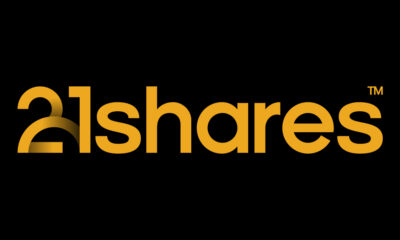
 Nyheter2 veckor sedan
Nyheter2 veckor sedan
 Nyheter3 veckor sedan
Nyheter3 veckor sedan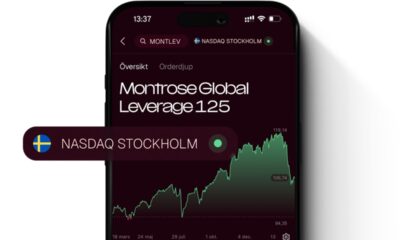
 Nyheter6 dagar sedan
Nyheter6 dagar sedan











